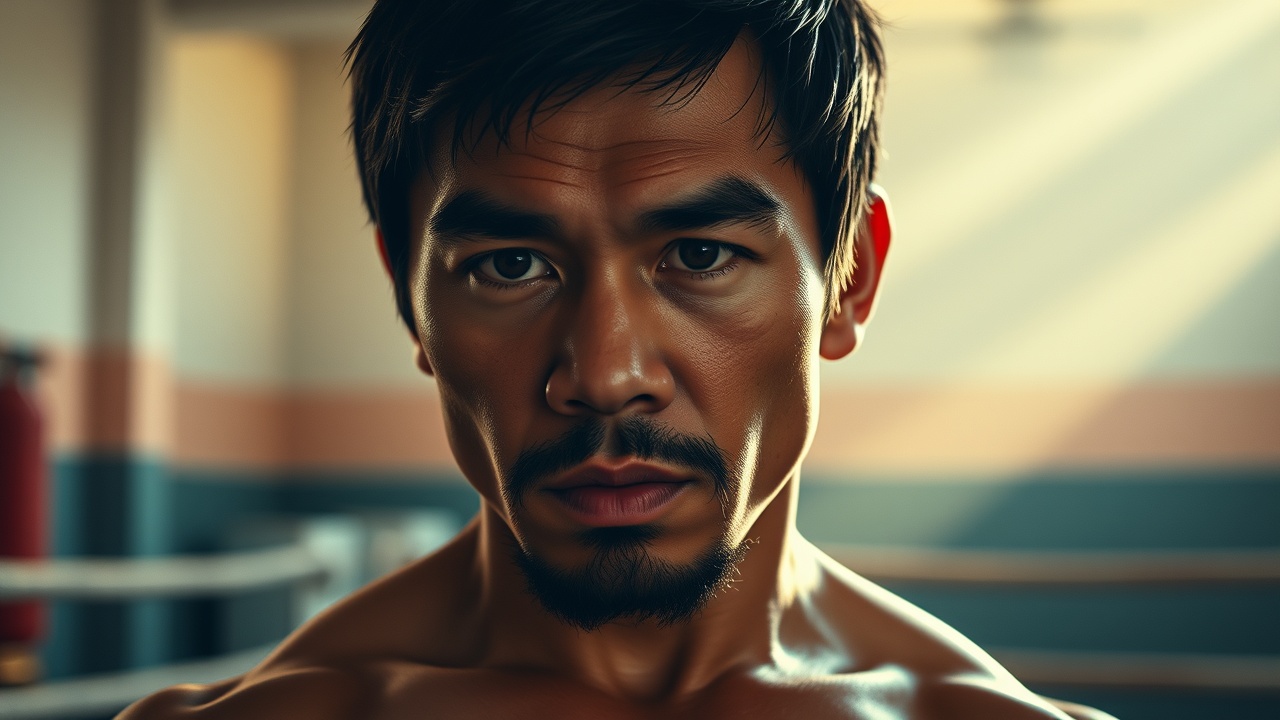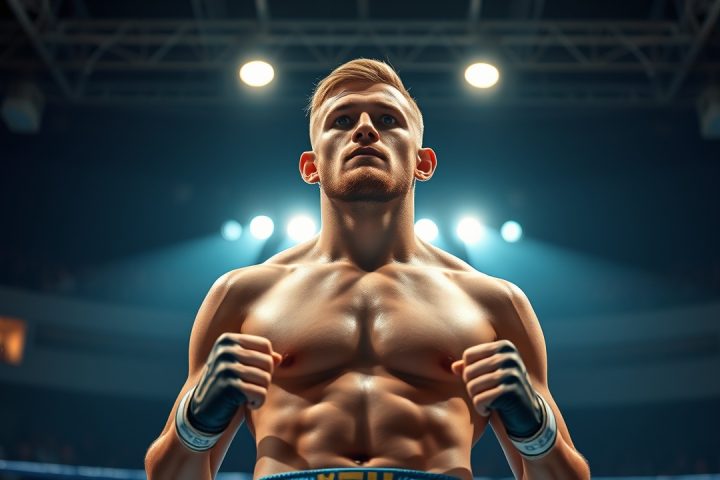The Reality of Aging in Boxing
In the boxing world, the adage that a fighter’s punch is one of the last abilities to fade can often offer false hope to those who stay in the ring beyond their prime. While it suggests that power can always save a boxer, the reality is that a punch’s effectiveness hinges on speed, timing, and reflexes, all of which deteriorate as a fighter ages. To successfully deliver a punch, the technique must align perfectly, and the punch itself must find its target.
Marketability vs. Actual Prowess
When discussing an aging boxer, it’s important to clarify that it’s often their marketability and “star power” that lingers, rather than actual punching prowess. Promoters frequently capitalize on the renown of veteran fighters, enabling them to return to the spotlight despite physical decline. This phenomenon is evidenced by icons like Mike Tyson, whose name alone brought in a whopping 60 million viewers during a Netflix special at 58, even when his capacity to deliver impactful punches had significantly diminished.
Manny Pacquiao, at 46, exemplifies this trend as he gears up for a comeback fight against Mario Barrios, his first in four years, despite a recent loss to Yordenis Ugas. Pacquiao’s storied name continues to carry weight, opening avenues for fights that younger, less established boxers might never see. It highlights how a fighter’s recognized name can provide economic opportunities that outweigh questions of competitiveness or fairness.
The Struggle with Retirement
This phenomenon forces some retired fighters to confront the difficult truth of leaving the sport. Many resist acknowledging that their time in the ring might be over, clinging to the notion that they can still deliver powerful punches, when in fact age affects their performance dramatically. The pressures of legacy, financial need, or simply the love of the sport complicate these decisions.
Shane Mosley, a former world champion, candidly shared his struggles with retirement. Injuries forced him to walk away at 45, yet he lamented how he believed he could fight longer had circumstances been different. His admission reveals the mindset of many champions who fear falling into obscurity.
As he recounted his last fight, frustration filled his reflections; Mosley, acutely aware of his diminishing capabilities, struggled against the realization that he could not perform as he once did.
The Temptation to Return
The boxing landscape also shows examples like Sergio Martinez, who retired in 2014 after a series of surgeries but faced his own temptation to return, often defying age and injuries. Martinez, now 45, has re-entered the ring, illustrating how resilient and appealing the thrill of competition remains even after physical limitations set in.
Fighters often take calculated risks, hoping to leverage fame while the opportunity exists, and for many, it becomes a struggle between their love for boxing and the reality of their aging bodies.
The Fine Line of Pursuing Health
Others, like Willie Limond, who recently experienced necrological events, highlight the fine line between pursuing a boxing career and facing potential health risks. Limond, who passed away unexpectedly at just 45, demonstrated how the desire to fight can overshadow the risks involved. His story underlines the deep emotional ties that boxers have with their craft.
As he sought joy in his participation in the sport, his family witnessed the challenges and dangers tied to those choices.
Conclusion
For many retired boxers, the realization of their physical limitations can be hard to grasp. True passion for the sport often blinds them to the approaching end of their careers, leading to dangerous comebacks long after they should retire. The line between love and harm is precariously thin, leaving many fighters to grapple with the harsh truths of aging in a sport centered on youth, speed, and ferocity.
This continued draw to the ring makes it clear that, while a boxer’s abilities may wane, their legacy and name remain, a testament to their eternal struggle to stay relevant in an unforgiving sport.




